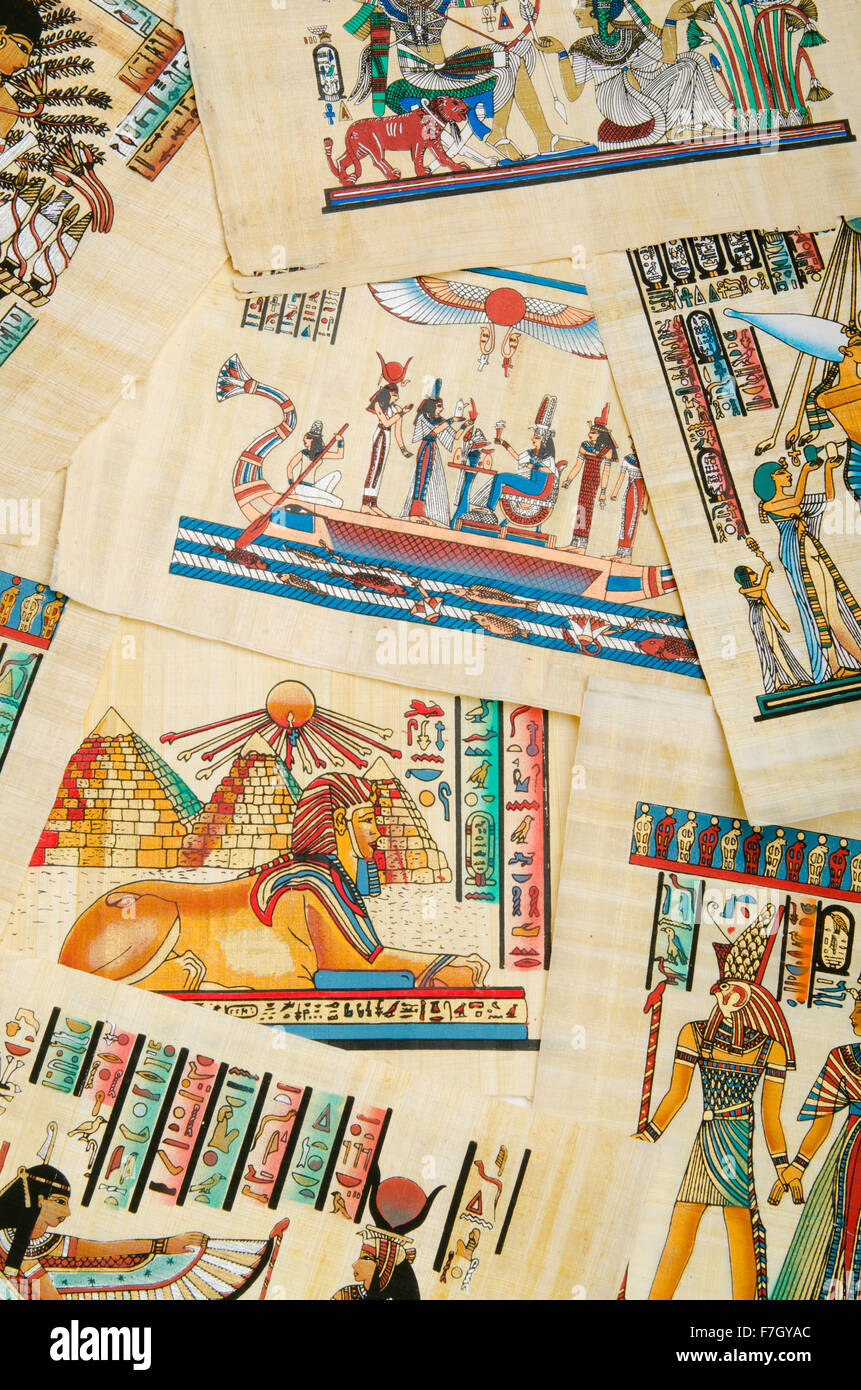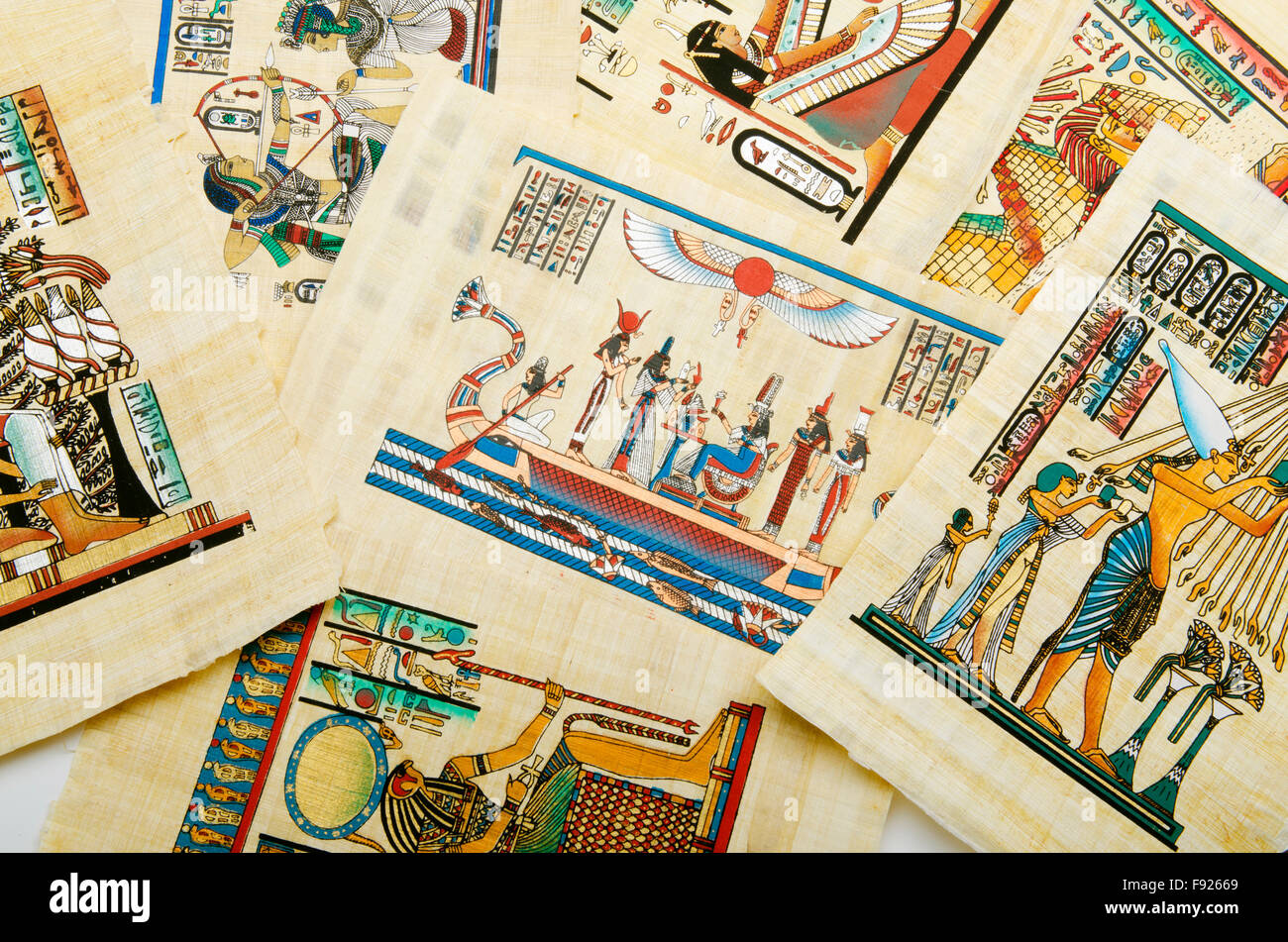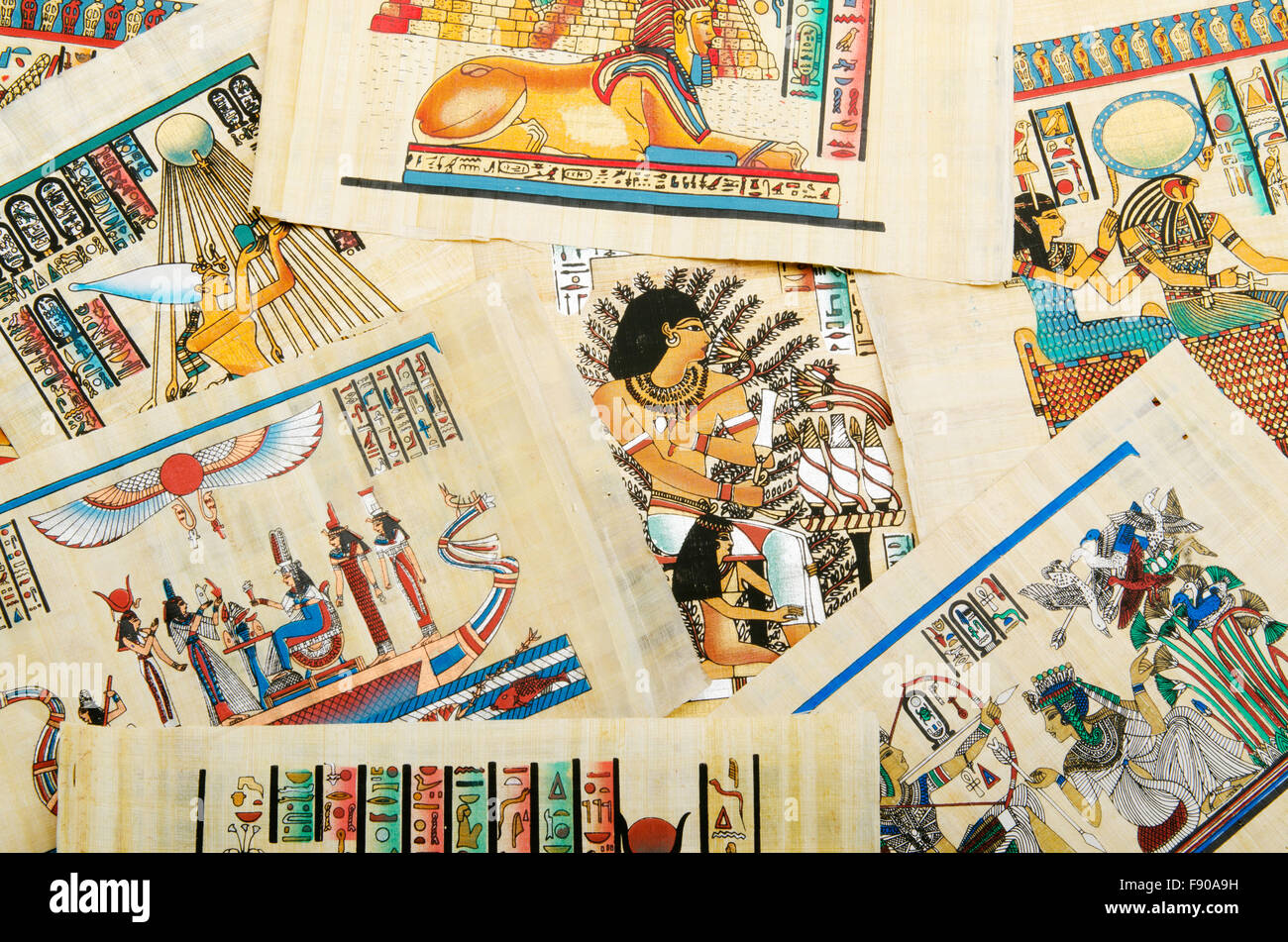Unearthing Ancient Persia: The Rich History Of Iran Before Islam
The land we know today as Iran boasts a tapestry of history so rich and complex that it predates many of the world's major civilizations. Before the advent of Islam, this ancient realm, often referred to as Persia, was a crucible of empires, cultures, and innovations that profoundly shaped not only Western Asia but also the broader global landscape. Exploring the history of Iran before Islam is not merely an academic exercise; it is an essential journey into the roots of a nation's enduring identity and a testament to its unparalleled contributions to human civilization. From monumental architectural marvels to pioneering advancements in science, philosophy, and governance, the pre-Islamic era laid the foundational stones for much of what followed, making it an indispensable period for understanding Iran's place in the annals of time.
This deep dive into Iran's ancient past will explore the significant dynasties and cultural shifts that defined the region for millennia, culminating in the pivotal moment of the Arab conquest. As noted in historical discourse, the period before and after the Arab conquest of Iran and the advent of Islam marks the most important watershed in Iran’s history, fundamentally altering its trajectory. For a comprehensive understanding of the region's history before the 7th century CE, it is crucial to delve into this foundational epoch, which saw the rise and fall of mighty empires and the development of unique societal structures and belief systems.
Table of Contents
- Defining the Pre-Islamic Era: A Historical Overview
- The Dawn of Civilization: Elam and Early Iranian Plateaus
- The Achaemenid Empire: Forging a Legacy of Power and Diversity
- From Alexander to the Parthians: A Period of Transition and Resilience
- The Sassanian Empire: The Zenith of Pre-Islamic Iranian Civilization
- Art, Architecture, and Innovation: Enduring Contributions
- The End of an Era: The Arab Conquest and its Profound Aftermath
- Enduring Legacy: Why the History of Iran Before Islam Still Matters
Defining the Pre-Islamic Era: A Historical Overview
The pre-Islamic history of Iran spans several millennia, encompassing a vast period of human development, from the earliest settlements on the Iranian plateau to the fall of the Sassanian Empire in the 7th century CE. This era is characterized by the emergence of powerful indigenous empires that shaped the political, cultural, and religious landscape of the ancient world. It is a period that, as noted by scholars like Ali M Ansari, a professor of history at the University of St Andrews specialising in the history of Iran, is crucial for understanding the enduring unique culture and national identity that Iranians maintained even during long periods of foreign rule. This historical journey takes us through the rise of the Elamites, the Medes, the mighty Achaemenids, the Hellenistic Seleucids, the resilient Parthians, and finally, the sophisticated Sassanians. Each dynasty left an indelible mark, contributing layers to the rich cultural heritage that defines Iran. The narrative of this period is not just about kings and battles; it's about the evolution of complex societies, the development of unique religious philosophies, and the creation of art and architecture that continue to inspire awe. For detailed treatment of all the subject matter which is briefly touched on here, the reader is referred to the appropriate specialized entries, but this article aims to provide a comprehensive overview of this pivotal time in the history of Iran before Islam.The Dawn of Civilization: Elam and Early Iranian Plateaus
Long before the Achaemenids established their vast empire, the Iranian plateau was home to some of the world's earliest civilizations. Among the most prominent was the Elamite civilization, which flourished in the southwestern part of present-day Iran, in the region of Khuzestan, from around 2700 BCE. The Elamites developed their own writing system, distinct from Mesopotamian cuneiform, and established powerful city-states like Susa, which became a significant cultural and political hub. Their interactions, often confrontational, with the Mesopotamian civilizations of Sumer, Akkad, and Babylon, highlight the dynamic nature of the ancient Near East. Beyond Elam, various other groups inhabited the Iranian plateau, including the Kassites, Gutians, and later, the Indo-European speaking peoples such as the Medes and Persians, who migrated into the region around the second millennium BCE. These early inhabitants laid the groundwork for the later imperial structures, developing agricultural practices, metallurgy, and early forms of social organization. The diverse tribal groups and early kingdoms contributed to a mosaic of cultures that would eventually coalesce under powerful centralized rule, setting the stage for the monumental empires that would define the history of Iran before Islam.The Achaemenid Empire: Forging a Legacy of Power and Diversity
The Achaemenid Empire, founded by Cyrus the Great in the mid-6th century BCE, represents the first truly global superpower and a golden age in the history of Iran before Islam. Stretching from the Balkans in the west to the Indus Valley in the east, it was an empire of unprecedented scale and diversity, uniting a multitude of peoples under a single, centralized administration. The Achaemenids were renowned for their innovative approach to governance, characterized by relative tolerance and respect for the customs and religions of their conquered subjects, a stark contrast to the brutal subjugation often seen in other ancient empires.Cyrus the Great and the Empire's Foundation
Cyrus the Great, a visionary leader, is celebrated for his strategic military prowess and his enlightened policies. His conquest of Media, Lydia, and most notably, Babylon, established the Achaemenid Empire. The Cyrus Cylinder, often hailed as the first charter of human rights, records his policy of allowing deported peoples, including the Jews, to return to their homelands and rebuild their temples. This policy fostered loyalty and stability across the vast empire. Under his successors, particularly Darius I and Xerxes I, the empire reached its zenith, developing an intricate road system (the Royal Road), a sophisticated postal service, and a standardized currency. The magnificent city of Persepolis, with its grand palaces and intricate reliefs, stands as a lasting testament to Achaemenid power and artistic achievement. The empire's organizational genius and cultural synthesis were foundational elements of the history of Iran before Islam.Zoroastrianism's Early Roots and Influence
Zoroastrianism, one of the world's oldest monotheistic religions, originated in ancient Iran, traditionally attributed to the prophet Zarathushtra (Zoroaster) sometime between 1700 and 600 BCE. It posited a cosmic struggle between the benevolent deity Ahura Mazda (Wise Lord) and the destructive spirit Angra Mainyu (Ahriman). Humans were encouraged to choose between good and evil through their thoughts, words, and deeds. While not explicitly declared the state religion until the Sassanian era, Zoroastrian principles of truth, order, and justice deeply influenced Achaemenid rulers. Their inscriptions often invoke Ahura Mazda, and their policies of religious tolerance align with the ethical framework of Zoroastrianism. This ancient faith played a pivotal role in shaping the moral and spiritual landscape of the history of Iran before Islam, and its communities still exist in Iran and in India, where they are known as Parsis.From Alexander to the Parthians: A Period of Transition and Resilience
The grandeur of the Achaemenid Empire eventually met its end with the invasion of Alexander the Great in the late 4th century BCE. Alexander's conquest marked a significant turning point, ushering in the Hellenistic period where Greek culture and administration were introduced to Iran. Following Alexander's death, his empire was divided among his generals, with much of Iran falling under the rule of the Seleucid Empire. While the Seleucids established Greek cities and promoted Hellenistic culture, their rule was largely confined to the western parts of Iran, and they struggled to maintain control over the eastern provinces. It was from these eastern regions that the Parthians, an Iranian people from the northeast, rose to prominence. By the mid-3rd century BCE, they began to assert their independence, gradually pushing back against Seleucid rule. The Parthian Empire (c. 247 BCE – 224 CE) proved to be a formidable power, known for its highly effective cavalry and decentralized federal structure. They successfully resisted Roman expansion into the East for centuries, becoming Rome's primary rival. The Parthians, while embracing some Hellenistic elements, also consciously revived Iranian traditions and titles, laying the groundwork for a resurgence of Persian identity. Their reign signifies a crucial period of cultural synthesis and political resilience in the history of Iran before Islam, demonstrating the enduring strength of Iranian identity even under foreign or semi-foreign influences.The Sassanian Empire: The Zenith of Pre-Islamic Iranian Civilization
The Sassanian Empire (224–651 CE) is widely regarded as the pinnacle of pre-Islamic Iranian civilization. Founded by Ardashir I, who overthrew the Parthians, the Sassanians aimed to restore the glory of the Achaemenids and re-establish a strong, centralized Iranian state. They forged a powerful empire that rivaled the Roman and later Byzantine Empires, engaging in centuries of intense warfare and diplomatic exchanges. The Sassanian era was marked by a sophisticated bureaucracy, a powerful military, and a vibrant cultural and intellectual life. Their contributions to art, architecture, science, and philosophy were immense, influencing civilizations across Asia and Europe. The Sassanian legacy is a testament to the profound depth of the history of Iran before Islam.Sassanid Society and Culture
Sassanid society was highly stratified, with a clear hierarchy of social classes, including priests, warriors, scribes, and commoners. The Shahanshah (King of Kings) stood at the apex, embodying divine authority. Agriculture formed the backbone of the economy, supported by sophisticated irrigation systems. Trade flourished along the Silk Road, connecting Iran with China, India, and the West. Sassanian art is characterized by its grandeur and symbolism, with magnificent rock reliefs depicting royal triumphs, intricate metalwork, and exquisite textiles. Architecture, too, reached new heights, with grand palaces featuring distinctive iwans and domes, many of which still stand today, inspiring later Islamic architecture. The Sassanian period truly represents a golden age of cultural flourishing in the history of Iran before Islam.Religious Landscape Under the Sassanids: A Complex Reality
Religion played a central role in Sassanian society, with Zoroastrianism firmly established as the official state religion. The Sassanid kings actively promoted Zoroastrianism, codifying its texts and supporting a powerful organization of Zoroastrian priests. This official endorsement, however, came at a cost to religious minorities. In discussions related to religious tolerance in Islam and before Islam, it is worth remembering that during the 427 years' rule of the Sassanids in Iran, almost no tolerance was shown. The Iranian government recognized a state religion dominated by a powerful organization of Zoroastrian priests which kept the religious minorities under strict control. While Zoroastrianism was dominant, other religions, including Christianity, Judaism, and Manichaeism, also existed within the empire. Christians, particularly Nestorian Christians, formed significant communities, though they often faced persecution, especially during periods of conflict with the Christian Byzantine Empire. Manichaeism, a syncretic religion founded by the prophet Mani, also gained a following but was eventually suppressed due to its perceived threat to Zoroastrian orthodoxy. This complex religious landscape, marked by both state endorsement and suppression, provides a nuanced understanding of the social dynamics in the history of Iran before Islam.Art, Architecture, and Innovation: Enduring Contributions
The pre-Islamic Iranian empires were prolific innovators and patrons of the arts, leaving behind a legacy that continues to influence global culture. From the monumental terraces and grand palaces of Persepolis built by the Achaemenids to the intricate Sassanian rock carvings and metalwork, Iranian art reflects a sophisticated aesthetic and technical mastery. The Sassanian period, in particular, saw significant advancements in architecture, including the development of the iwan and the squinch, which facilitated the construction of large domes – architectural elements that would later become hallmarks of Islamic architecture. Beyond the visual arts, pre-Islamic Iran was a hub of scientific and intellectual inquiry. Persian scholars made significant contributions to astronomy, mathematics, medicine, and philosophy. The Pahlavi texts, written in Middle Persian during the Sassanian era, preserve a wealth of knowledge, including Zoroastrian religious texts, historical accounts, and scientific treatises. This intellectual dynamism highlights the advanced nature of Iranian society and its pivotal role in the transmission of knowledge across continents, further solidifying the profound impact of the history of Iran before Islam on world civilization. As M. Ghirshman's incomparable knowledge of the land and people of Iran and his intimate association with most of the major excavations carried out in that country for the past three decades attest, the depth of this cultural heritage is immense and continues to be unearthed and studied.The End of an Era: The Arab Conquest and its Profound Aftermath
The long and illustrious history of Iran before Islam reached its definitive end with the Arab conquest in the 7th century CE. The Sassanian Empire, weakened by internal strife, prolonged wars with the Byzantines, and economic pressures, proved unable to withstand the rapid expansion of the nascent Rashidun Caliphate. The decisive battles of Qadisiyyah (636 CE) and Nahavand (642 CE) effectively sealed the fate of the Sassanian state. The Arab invasion of Iran made a break with the past that affected not only Iran but all of Western Asia and resulted in the assimilation of peoples who shaped and vitalized Muslim culture. The conquest brought about a monumental change in Iranian society by purging Zoroastrianism, which had been the Iranian nation's official and majority religion since the time of the Achaemenid Empire. While the Islamization of Iran was a long process by which Islam, though initially rejected, eventually spread among the Persians and the other Iranian peoples, the political and religious landscape was irrevocably altered. This event, as historical discourse divides, marks the most important watershed in Iran’s history, fundamentally reshaping its future.Enduring Legacy: Why the History of Iran Before Islam Still Matters
Despite the profound changes brought by the Arab conquest and the subsequent Islamization, the legacy of pre-Islamic Iran continued to resonate and shape the country's identity. During the long time of foreign rule, Iranians kept their unique culture and national identity, and they used this as a foundation for a powerful cultural resurgence. Persian language, though adopting Arabic script and vocabulary, retained its grammatical structure and rich literary tradition, giving rise to some of the world's greatest poets and scholars. Many pre-Islamic customs, festivals (like Nowruz, the spring equinox), and architectural styles persisted and were integrated into the new Islamic culture. Throughout the history of Iran, several key events shaped Iran’s modern identity, and the pre-Islamic period is arguably the most significant bedrock. The concept of Iranian nationhood, the reverence for ancient kings and heroes, and a distinct cultural pride all stem from this foundational era. Even today, the magnificent ruins of Persepolis, the fire temples of Zoroastrians, and the tales of ancient Persian kings continue to inspire and connect modern Iranians to their glorious past. The history of Iran before Islam is not merely a chronicle of bygone empires; it is the enduring soul of a civilization that has continuously reinvented itself while holding fast to its unique heritage. Understanding this deep past is crucial for anyone seeking to comprehend the complexities and resilience of Iran today.We hope this exploration of Iran's ancient past has provided valuable insights into a civilization that profoundly shaped the world. What aspects of pre-Islamic Iran do you find most fascinating? Share your thoughts and questions in the comments below, and don't forget to share this article with fellow history enthusiasts!
- Porni Iran
- Iran Pro League
- Israel Vs Iran Documentary
- Iran Vs Israel Military Comparison
- Iran Israel News

Egyptian history concept with papyrus Stock Photo - Alamy

Egyptian history concept with papyrus Stock Photo - Alamy

Egyptian history concept with papyrus Stock Photo - Alamy